The New Balance FuelCell SC Pacer v2 is one of two carbon plate running shoes in the New Balance range, and is a lighter and more agile alternative to the flagship SC Elite v4. It has a more direct ride and lower stack than most modern racers, and is also more affordable than other super-shoes.
However, while the Pacer v2 might win some runners over from the New Balance FuelCell SC Elite v4, it struggles to compete with the best racers from other brands, with some top options like the Asics Metaspeed Sky Paris and On Cloudboom Strike LS actually being lighter while having higher stack heights and more propulsive rides.
In my New Balance FuelCell SC Pacer v2 review, I’ll talk about the pros and cons of the shoe, and compare it to the top racers out there from New Balance and other brands.
New Balance FuelCell SC Pacer v2 review: price and availability
The New Balance SC Pacer v2 launched in July 2024 costs $200 in the U.S. and £180 in the U.K., which is considerably cheaper than the New Balance SC Elite v4 ($250 / £260) and most carbon plate running shoes in general.
New Balance FuelCell SC Pacer v2 review: design & fit
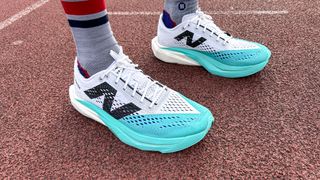
The SC Pacer v2 is currently available in one color in the men’s and women’s shoe — the gorgeous cyber jade and white shoe I tested — and two widths. It’s a lightweight shoe, tipping the scales at just 7.6oz in US men’s 9.5, which is light even for a carbon super-shoe, though some are lighter in my size like the Asics Metaspeed Sky Paris.
Unlike most super-shoes, the Pacer v2 doesn’t have a stack height that hits the 40mm limit at the heel set by World Athletics. It’s certainly more cushioned than the original Pacer though, with a stack height that looks to be around 35mm in the heel in my size (New Balance doesn’t give the exact specs). It has a drop of 8mm.
The fit is quite tight around the toes and you could go half a size up in the Pacer v2, especially if you were considering using it for long races like marathons. I like the dialed-in fit myself for shorter events and interval sessions, but I did find that the heel design rubbed on longer runs, even when I heel-locked the shoe.
Upper
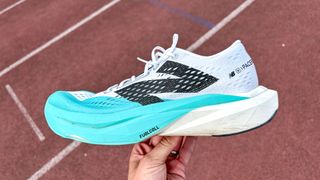
The New Balance SC Pacer v2 has a very lightweight and breathable mesh upper and minimal padding on the tongue and collar. It’s a classic racing shoe upper and keeps the weight down on the shoe in general but it’s not the most comfortable, especially with the rubbing at the heel.
I’d say the upper is probably the main limiting factor for me in how long I’d run in the Pacer v2 — even as a lower-stack shoe it has enough cushioning for marathons, but the upper issues would mean I’d consider taking it past half marathon distance a bit of a risk.
Midsole
The FuelCell midsole on the Pacer v2 is made from Peba foam — New Balance has a few variants of FuelCell in its range, but this is the bounciest, lightest version, which is also used in the SC Elite v4.
There is a carbon plate running through the midsole, which you can see through a large cutout on the bottom of the shoe. The Pacer v2 has less foam in the midsole than the SC Elite v4, especially under the forefoot, and less of a rocker as well, creating a firmer and more snappy ride.
Outsole
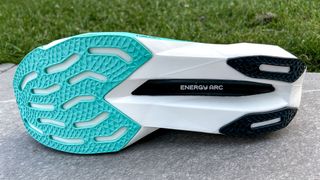
As you’d expect from a lightweight racing shoe the Pacer v2 uses rubber quite sparingly on its outsole, but the heel and forefoot are well covered and it’s quite a thick layer of rubber as well. The shoe has gripped well for me in the wet and I don’t have any concerns about its durability.
New Balance FuelCell SC Pacer v2 review: running performance
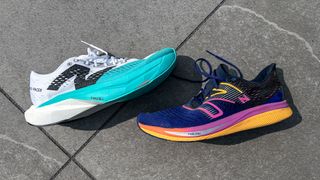
The original SC Pacer was almost a throwback of a shoe, with its low stack height making it feel more like a classic racing flat than a modern super-shoe. It was, however, very firm as a result of putting a carbon plate into a shoe without a big stack of foam, and didn’t offer the comfort or level of propulsion you expect from a racer these days.
I think the Pacer v2 is a good compromise between that design and a typical super-shoe like the SC Elite v4. It has a lot more cushioning than the Pacer, which creates more comfort and bounce, and also means the carbon plate can be more scooped, which helps to deliver a more propulsive ride.
At the same time, it is notably more direct and natural to run in than the SC Elite v4 and most higher-stack shoes. It’s not as rockered as most of those shoes either, and has a very light and fast feeling that shines during interval workouts in particular.
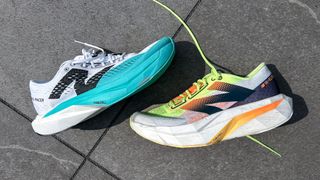
I did a track session running mile reps where I used both the SC Pacer v2 and the SC Elite v4 to compare them, and preferred the more natural ride of the Pacer v2. When switching from it to the Elite v4, the latter felt overly soft and rockered in comparison.
It also delivers some of the propulsive benefits of a super-shoe, which help you run efficiently to maintain fast paces over long distances. However, running in the Pacer v2 doesn’t feel as effortless as when you’re in a springier, higher stack shoe.
The Pacer v2 is only a low-stack racer by modern standards of course — less than a decade ago it would have looked outlandishly cushioned compared to racing flats. It does have enough cushioning for any distance — US record holder Emily Sisson uses it for the marathon — but I’d say most runners would prefer being in a more cushioned racer for long events. I certainly would.
That’s especially the case given that you can get more cushioned shoes that are lighter than the Pacer v2, and this is where it becomes a tough shoe to recommend, because other shoes offer a more complete package. To pick out my favorite racing shoe of 2024, the Asics Metaspeed Sky Paris is lighter, more cushioned, more propulsive and has a more comfortable upper.
Should you buy the New Balance FuelCell SC Pacer v2?
Although the New Balance SC Pacer v2 is undeniably a fast shoe and pretty good value for a carbon racer, it’s hard to recommend given the other options available. The Asics Metaspeed Sky Paris and Puma Deviate Nitro Elite 3 are lighter than it while having a higher stack height and offering a more comfortable and propulsive ride, and not that much more expensive too.
I’d also look at the Nike Alphafly 3 and On Cloudboom Strike LS ahead of the Pacer v2 as shoes I’d prefer to race over any distance in, though they are considerably more expensive, while the Hoka Cielo X1 offers a far bouncier ride for those lining up a marathon in particular.
Within the New Balance range the SC Pacer v2 makes more sense as a lighter alternative to the SC Elite v4 with a higher drop and more nimble and direct ride feel. I prefer the Pacer v2’s ride feel myself for short races and interval sessions, but the Elite v4 would be a better option for longer events, and has a bouncier and more protective ride.

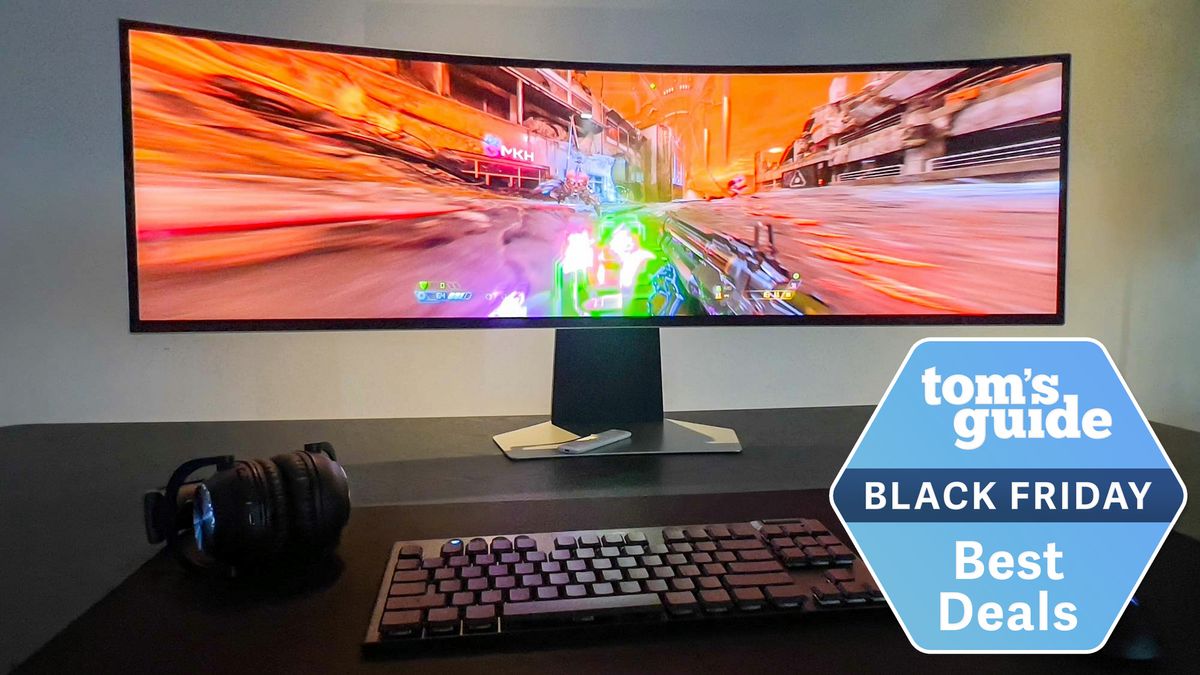




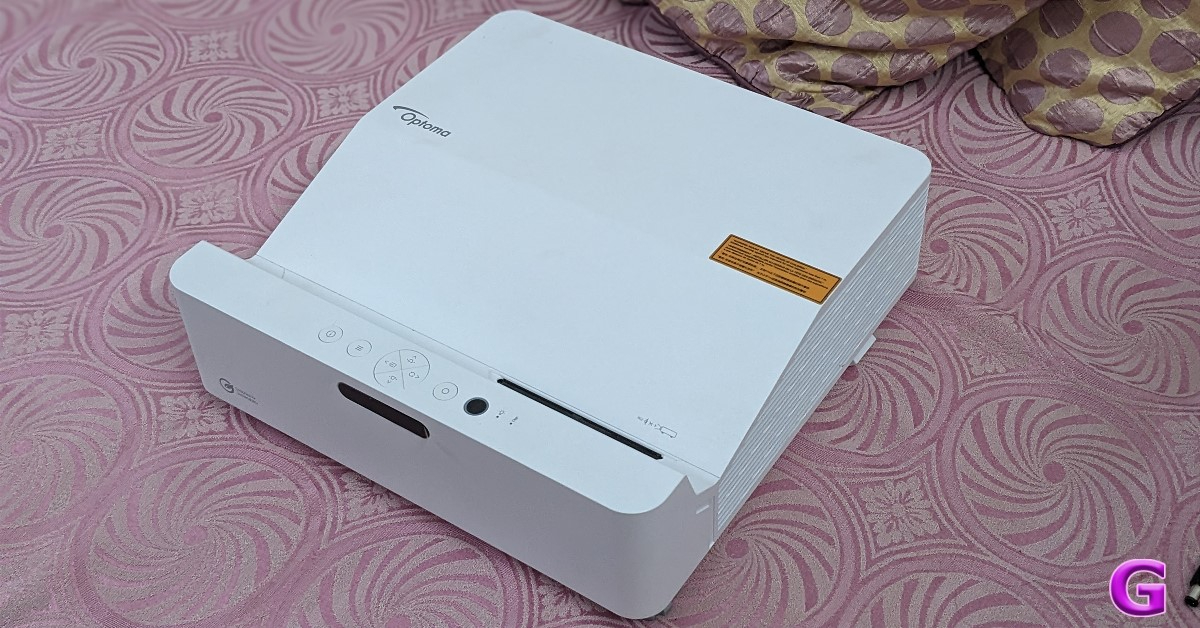
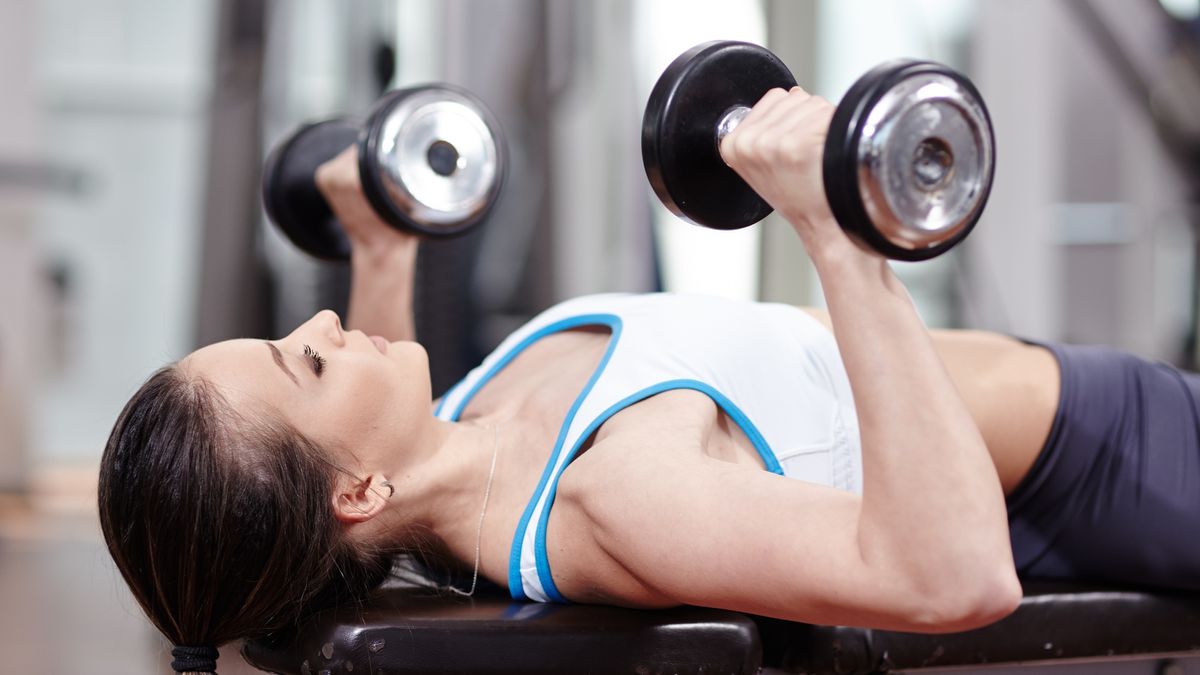

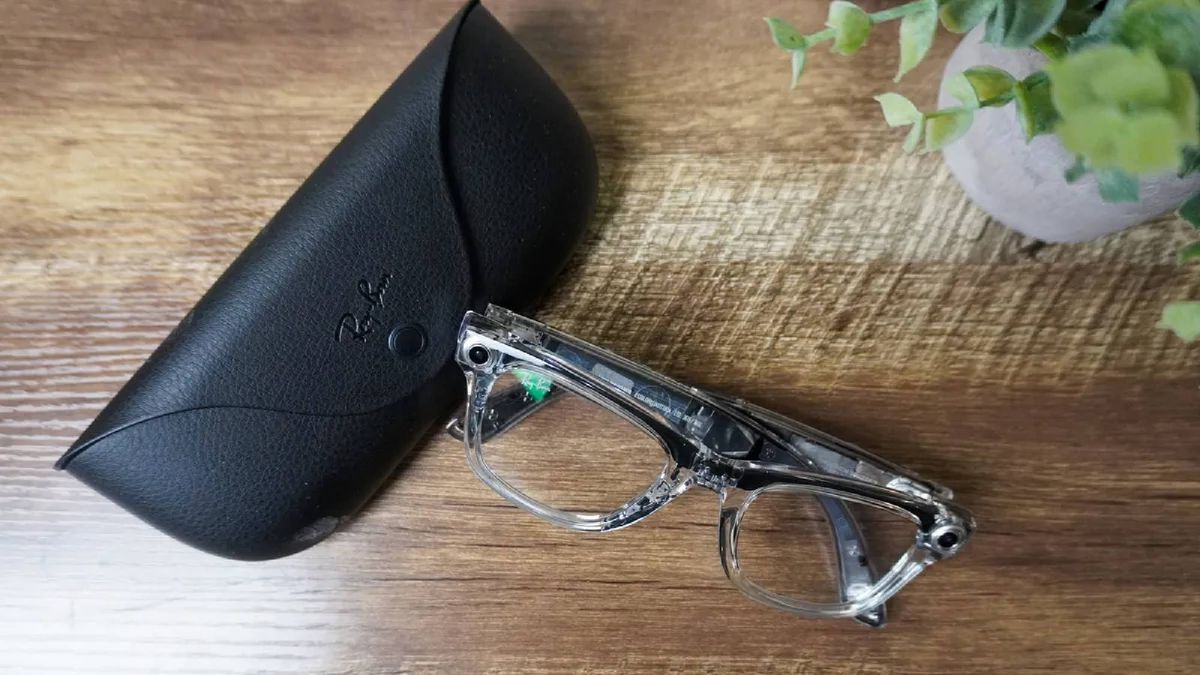
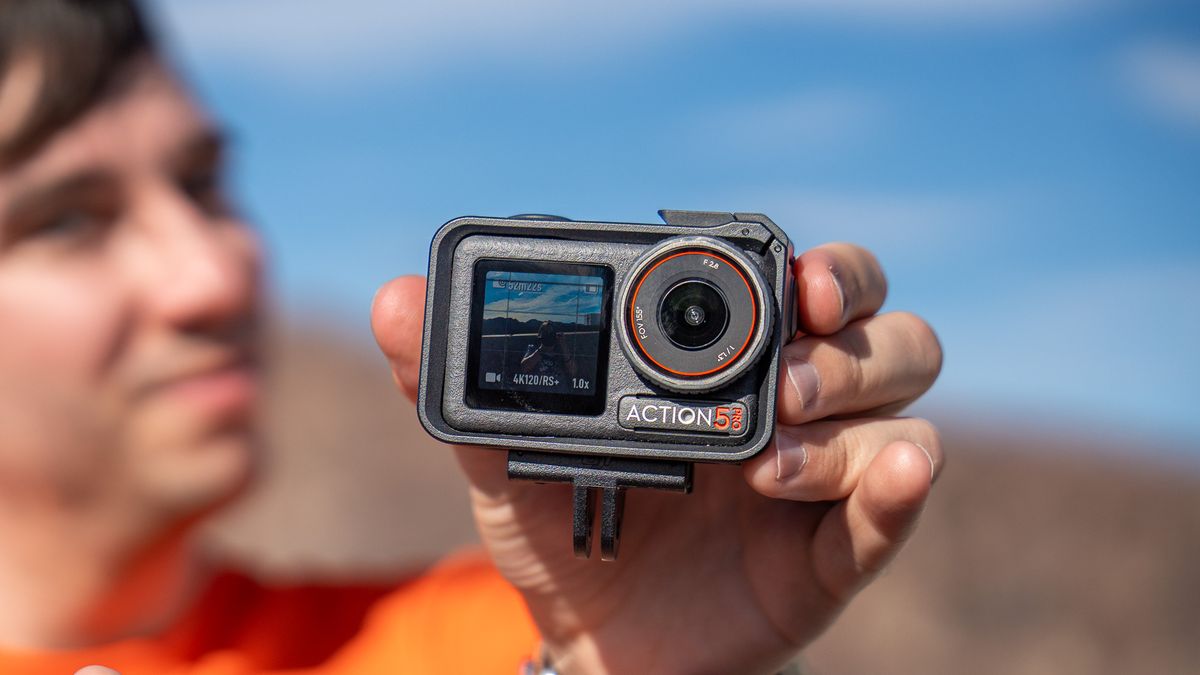

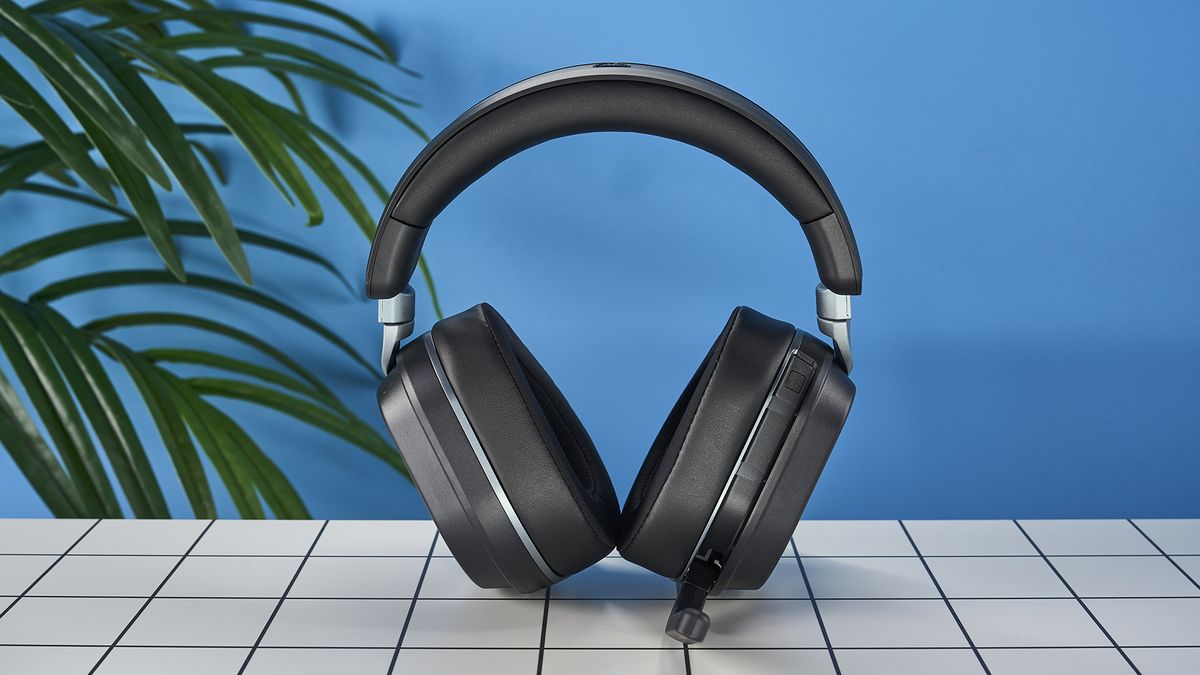








 English (US) ·
English (US) ·